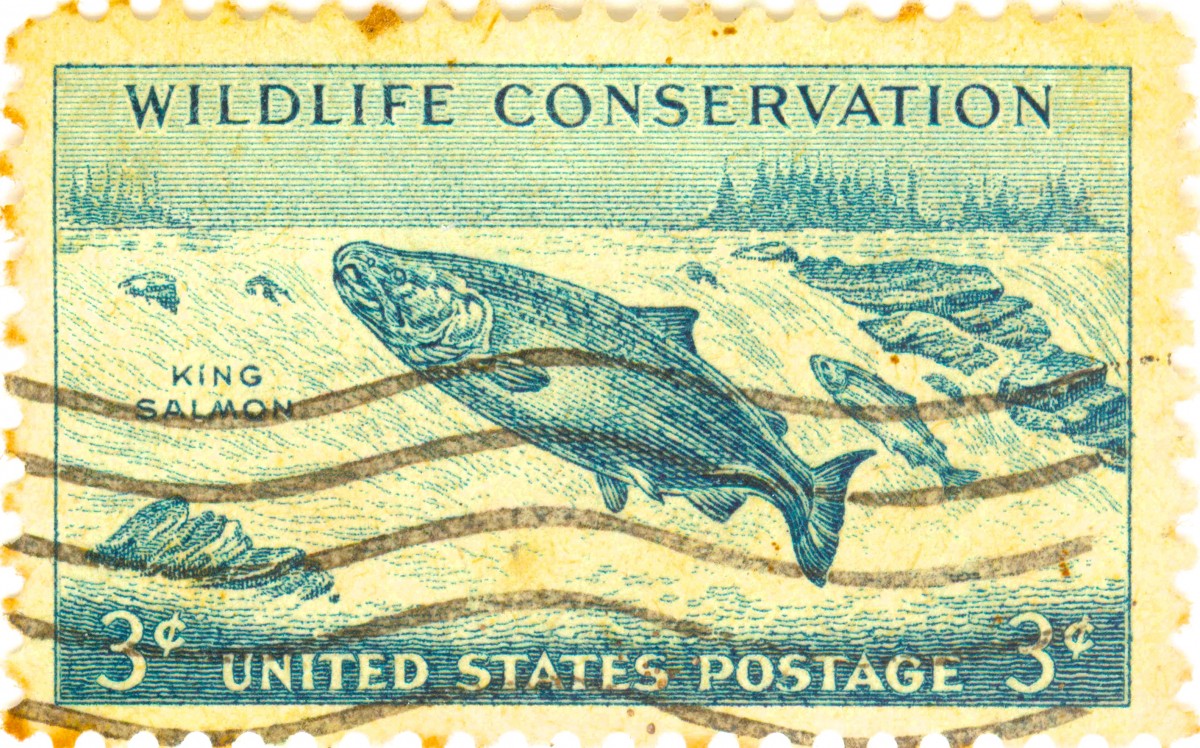
The Endangered Species Act is under increased attack by lawmakers, conservationists say, with a slew of legislation proposed this year — including dozens of budget riders tacked onto unrelated bills — aimed at restricting wildlife protection.
The act protects more than 1,500 plant and animal species in the U.S. and over 650 foreign species, saving many from the brink of extinction, but activists says the act itself is now under threat from conservative politicians backed by the oil and gas lobby.
“The sheer number of bills attacking the Endangered Species Act (ESA) are definitely up quite a bit,” said Noah Greenwald, endangered species director at the Center for Biological Diversity. “In the last five years there’s definitely been a large uptick in the number of bills.”
“[The act] is under attack in two ways,” said Joe Roman, the author of “Listed: Dispatches from America’s Endangered Species Act.” “One is at the overt level when you're trying to actually get in and change the mechanism of the act. Perhaps equally worrisome are attempts to just chip away at it, to take restrictions away with legislation, to remove species from the act or to prevent them from being listed.”
Some of the bills currently moving through Congress are thinly veiled attempts to protect economic interests. The Federal Land Freedom Act of 2015, introduced by Sen. James Inhofe, R-Okla., would transfer oil and gas development from federal to state control and make it exempt from the provisions of the Endangered Species Act.
Another bill, the Endangered Species Management Self-Determination Act, sponsored by Sen. Rand Paul, R-Ky., would require congressional approval for a new species listing and automatic removal of protections for listed species after five years — about 20 fewer years than the average time needed for a species to recover.
Many of these recent bills call for reforms that would transfer greater authority to states and reduce opportunities for public and environmental groups to sue the government for failure to act on a listing request.
More insidious are the dozens of riders — provisions attached to a bill often unrelated to the bill’s purpose, a tactic sometimes used to quietly pass controversial legislation — attached to congressional budgets, like the House Defense Authorization Act.
According to the nonprofit environmental group National Resources Defense Council, legislators have tried to add four endangered-species-related riders to the House National Defense Authorization Act this year and 13 to the House Interior and Environment appropriation.
If passed, the riders would remove protections for species such as the lesser prairie chicken, the American burying beetle, gray wolves and the northern long-eared bat and block funding for the protection and recovery of others.
A new report by the Center for Biological Diversity expected to be released on Tuesday will document the number of ESA attack bills that have been making their way through the House and Senate and name the politicians behind them.
Pushback against the ESA isn’t new. Since its introduction in 1973, efforts to protect America’s endangered species have been contentious, attracting the ire of citizens and industry alike.
In his book, Roman describes a long-running battle from the 1970s that pitted the snail darter, a tiny freshwater fish found in eastern Tennessee, against the Tennessee Valley Authority, which was intent on building a dam. Today efforts to protect the greater sage-grouse and lesser prairie chicken — both found across the Western states on land under pressure from oil and gas development, ranching and mining — typify the struggle between conserving and developing the country’s habitats and resources.
In 2010 the Fish and Wildlife Service found that the greater sage-grouse warranted protection under the Endangered Species Act, but the agency did not have the resources to begin work on a listing program. In 2014 that problem was compounded by a budget rider, passed by Congress, that blocked the service from using any federal funds to develop a sage-grouse rule proposal.
Theo Stein, a spokesman for the Fish and Wildlife Service, said that under the agency’s normal process, “if we found that these species warranted protection, we would then spend some additional time and do some additional analysis to decide if we thought it was threatened or endangered.” After that, the service would propose a rule to add the sage-grouse to the appropriate list and then gather more information and public input before making a final decision.
But the budget rider restricts those options, making it impossible for the Fish and Wildlife Service to add the sage-grouse to the endangered species list, even if the science supports it. The sage-grouse rider is expected to continue into the next year.
Critics of the ESA argue that the act is ineffective, is costly, places unreasonable regulatory costs and burdens on the energy industry and ranching and undermines state authority.
Speaking at a Senate Committee on Environment and Public Works hearing on Endangered Species bills in May of this year, Sen. Dean Heller, whose Common Sense in Species Protection Act of 2015 would block habitat protections for critical species if economic benefits were believed to exceed those of wildlife protection, referred to an oft-quoted 2 percent species recovery rate for listed species, adding, “I know these days you get medals for just participating, but when I was in school, 2 percent definitely was a failing grade.”
Roman said that’s the wrong measure for success. “What a lot of environmentalists would argue is that the measure of success shouldn’t be recovery — it should be the intent of the act, which is to prevent extinction,” he said. “If we look at that measure, then the ESA has been incredibly successful. Ninty-nine percent of the species that have been put on that list are still around. We’ve avoided extinction for most if not all of the species that have been listed.”
Dustin Van Liew, the executive director of the Public Lands Council, which represents ranchers across a dozen Western states, said the ESA has damaged the ranching industry. “When species are listed under the ESA, the resulting use restrictions placed on land and water — the two resources upon which ranchers depend for their livelihoods — are crippling to their ability to operate,” he wrote in an email.
But Greenwald argued that oil and gas interests are behind many of the bills. “The amount of money pouring into Congress since the 2008 elections is just astounding,” he said. “A lot of that money is coming from economic interests that are opposed to endangered species protection, and I think the oil and gas industry in particular typifies that.”
A number of the ESA’s most vocal critics receive significant backing from the oil and gas industry. In 2014, Heller received more than $250,000 in campaign contributions from the oil and gas industry, according to the nonprofit Center for Responsive Politics. Inhofe, one of the country’s most prominent opponents of legislation to combat climate change and the Clean Energy Act, received almost $500,000.
3 WAYS TO SHOW YOUR SUPPORT
- Log in to post comments












